Ancient news stories
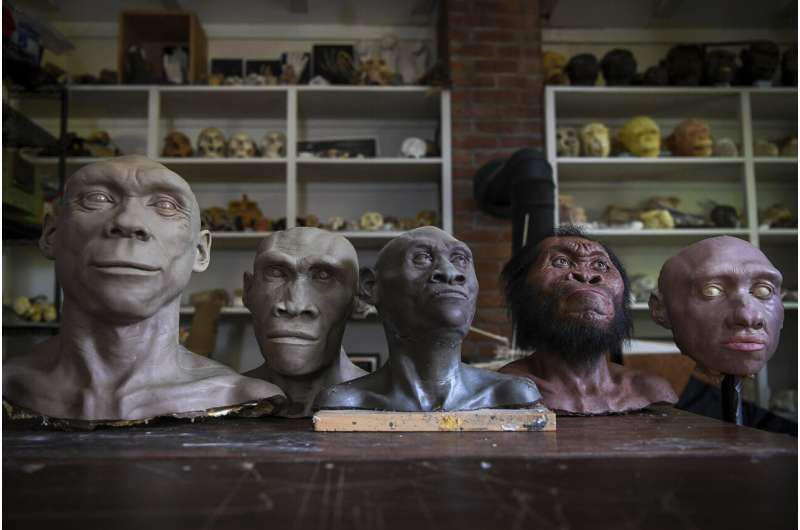
In recent years, researchers have gained the power to pull DNA from ancient hominins, including our early ancestors and other relatives who walked on two legs. Ancient DNA technology has revolutionized the way we study human history and has quickly taken off, with a constant stream of studies exploring the genes of long-ago people.

A study led by researchers at MIT, the University of Florida, and in Brazil aims to settle the debate over dark earth’s origins. The team has pieced together results from soil analyses, ethnographic observations, and interviews with modern Indigenous communities, to show that dark earth was intentionally produced by ancient Amazonians as a way to improve the soil and sustain large and complex societies.
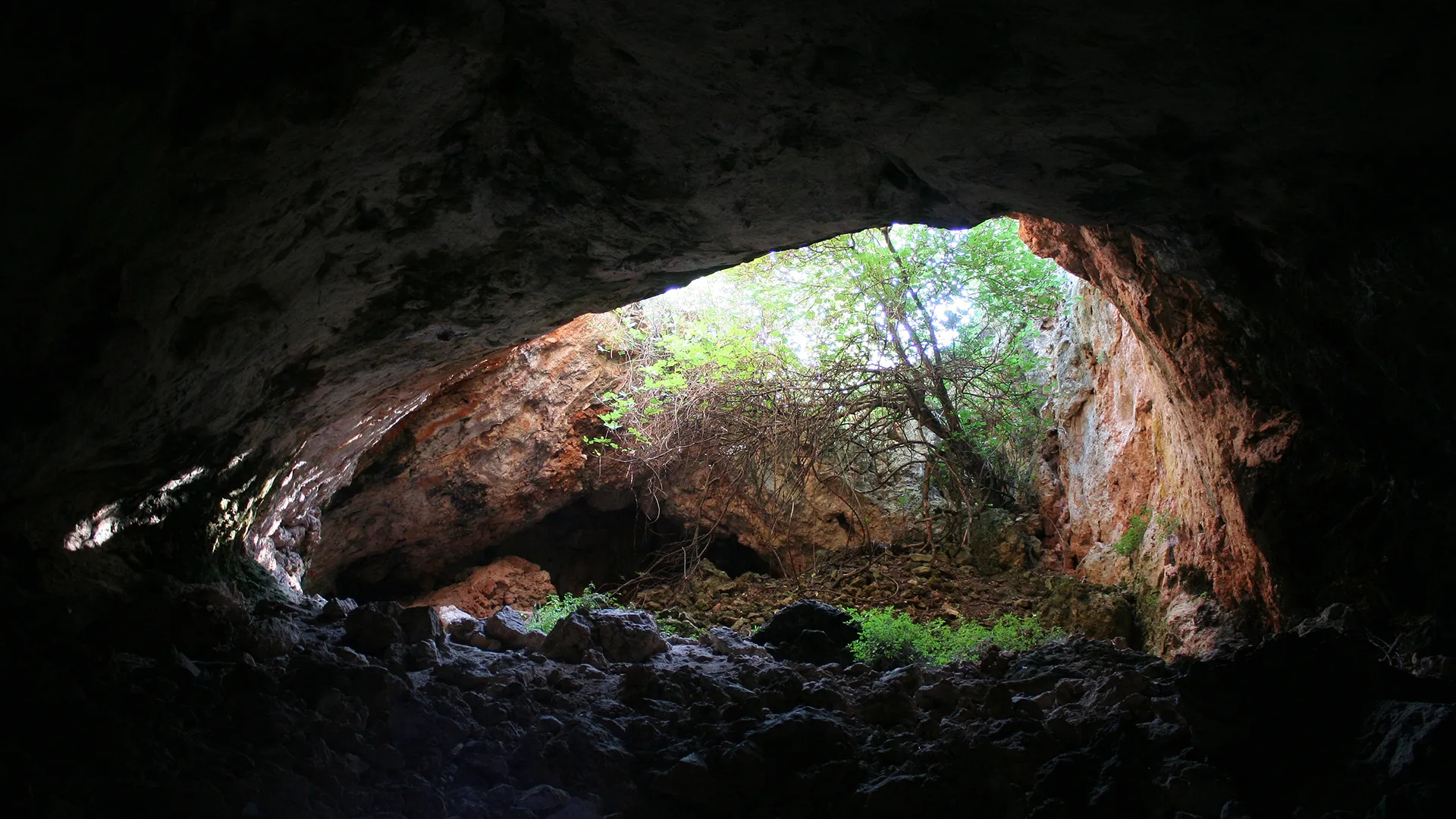
A new study suggests that Spain’s ancient peoples shared complex beliefs about death and the afterlife. The research has been published in PLOS One
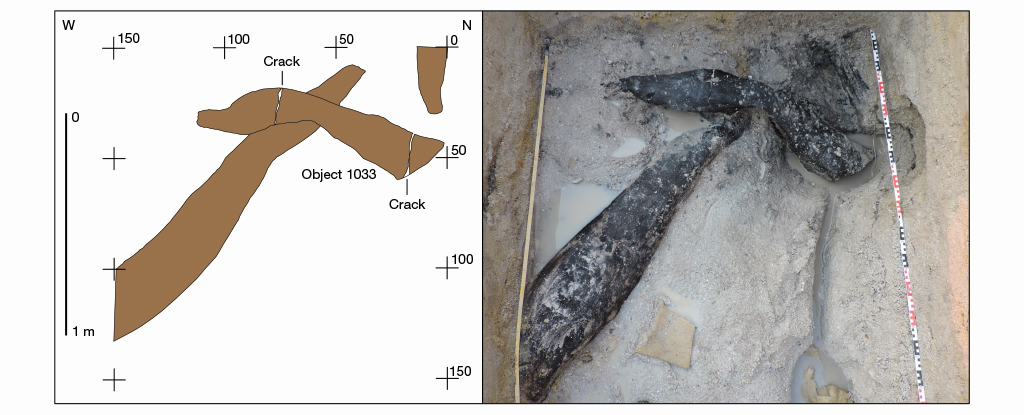
A pair of interlocking logs that haven’t seen sunlight in half a million years could challenge some fundamental assumptions about the technology and culture of our Stone Age ancestors. See the study here.
More than 1.3 billion years ago, two continents collided at modern-day Argyle in Western Australia, causing pressures so intense that it forced carbon deep underground to form diamonds with glittering pink, red and brown hues. Or, at least, that’s the theory proposed by a study in Nature Communications.
A study in the journal Cell sheds new light on the evolution of neurons, focusing on the placozoans, a millimetre-sized marine animal. Researchers at the Centre for Genomic Regulation in Barcelona find evidence that specialized secretory cells found in these unique and ancient creatures may have given rise to neurons in more complex animals.

We know there’s ice on the Moon – what’s less clear is where it came from. A new study suggests that waves of electrons, arriving indirectly from Earth and the Sun, are contributing to the formation of frozen water on the lunar surface. The research has been published in Nature Astronomy.
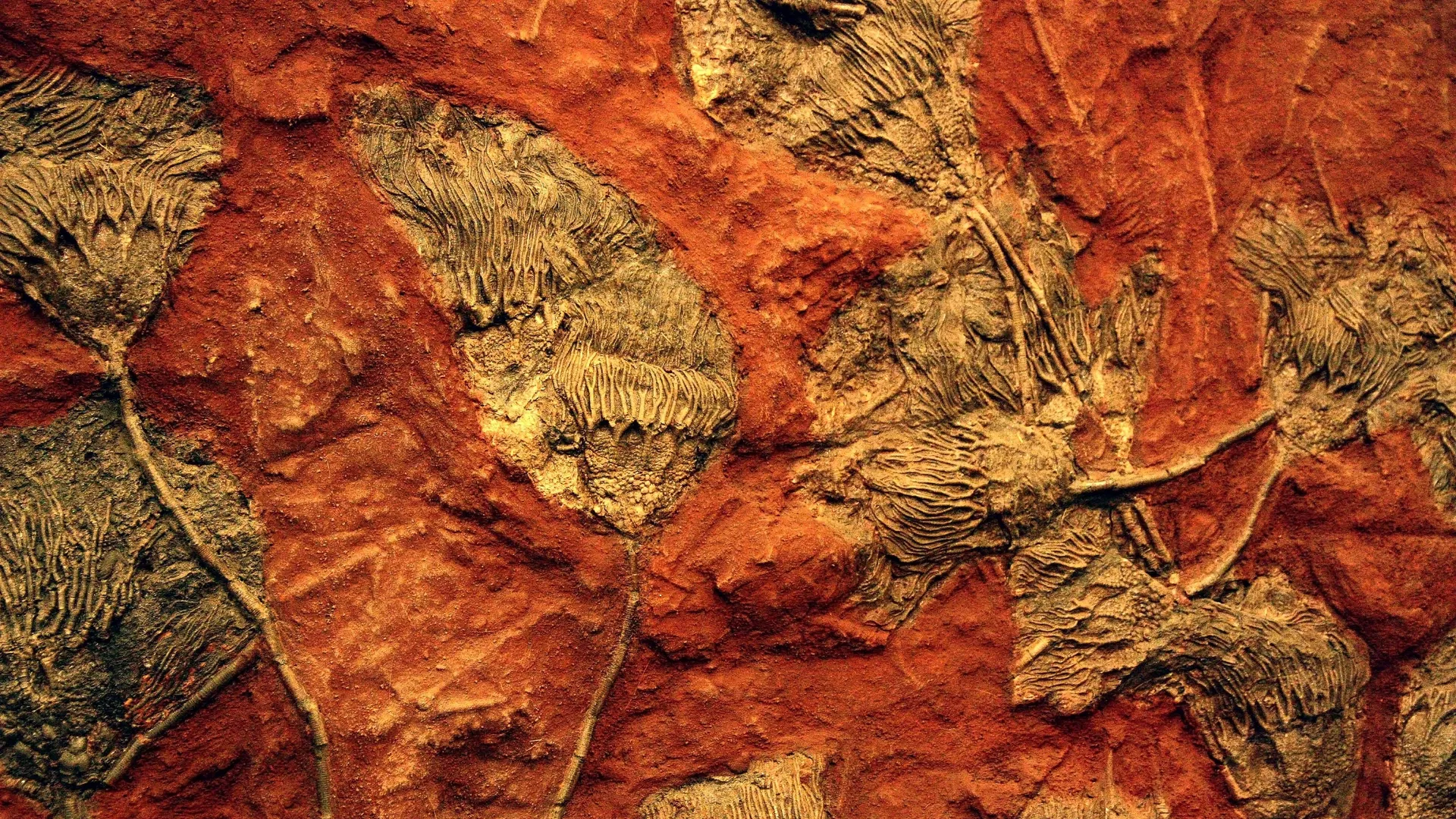
The giant asteroid that snuffed out the dinosaurs at the end of the Cretaceous period (145 million to 66 million years ago) left flowers relatively unharmed, and the blooms thrived in the aftermath, a new study has found.
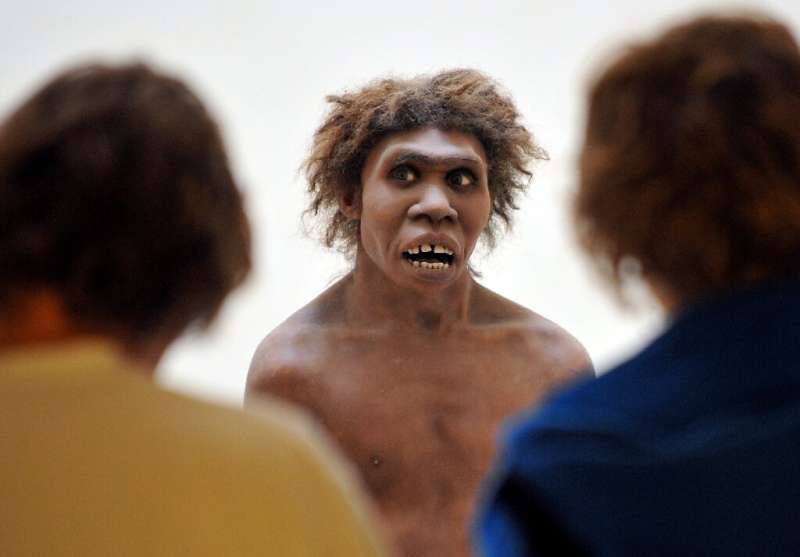
Could the lives of the eight billion people currently on Earth have depended on the resilience of just 1,280 human ancestors who very nearly went extinct 900,000 years ago?
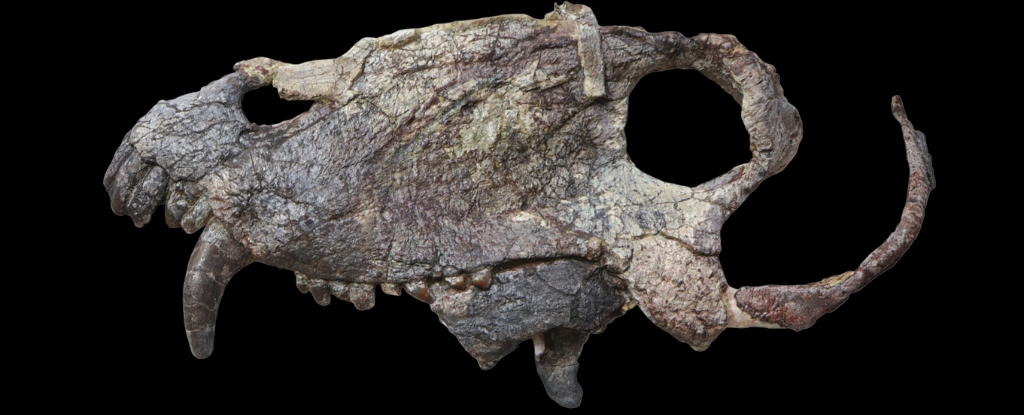
Dinosaurs have a reputation for being the most terrifying prehistoric predators, but a newly discovered skull sheds light on a fearsome beast that dominated 40 million years before the first ‘terrible lizards’ walked the Earth. See the research here.
When the Lapita people set sail from the Bismarck Archipelago for the vast blue horizon of the Pacific Ocean, they were beginning the most incredible journey the world has ever seen. Now, indigenous archaeologists in Vanuatu are mapping out their ancestors’ histories.
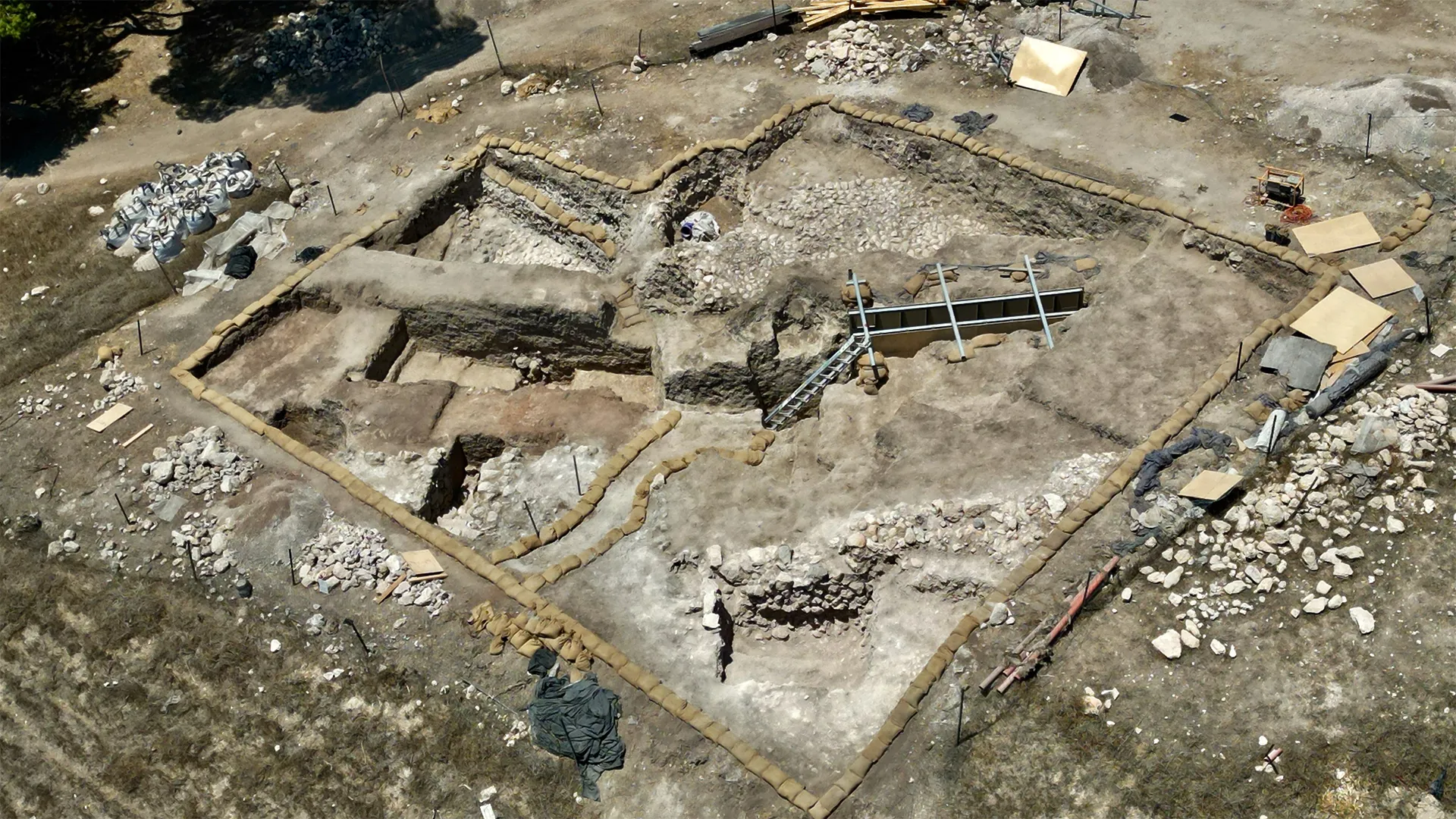
Archeologists discovered the mysterious arch at the end of a narrow, underground passageway that was sealed with sediment shortly after it was built in the Middle Bronze Age.

The project, called “A portrait of Tenochtitlan, a 3D reconstruction of the capital of the Aztec Empire”, is the result of 1.5 years of study, in which a team of specialists have used open-source software such as Blender, Gimp, and Darktable, to bring Tenochtitlan back to life how it looked in AD 1518. Visit “A portrait of Tenochtitlan” by Clicking Here
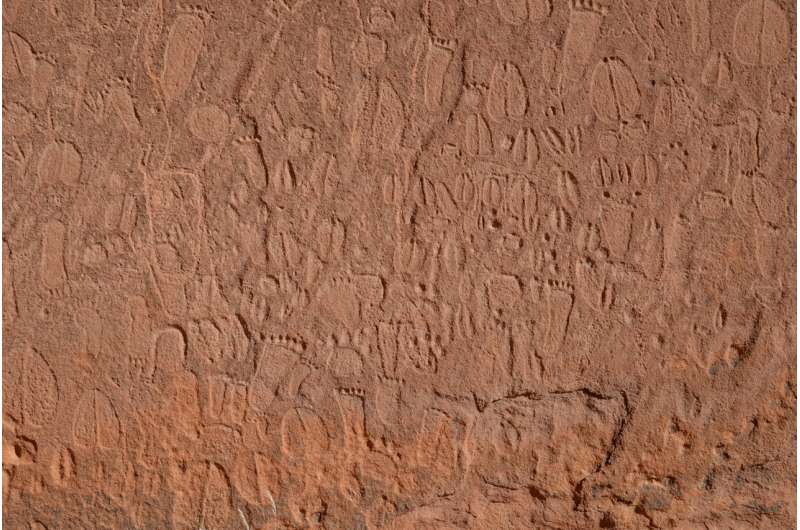
During the Later Stone Age in what is now Namibia, rock artists imbued so much detail into their engravings of human and animal prints that current-day Indigenous trackers could identify which animals’ prints they were depicting, as well as the animals’ general age and sex. See the study here.

Scientists are calling the Virgin Galactic mission that carried the bones of Australopithecus sediba and Homo naledi to the edge of space a major ethical breach.
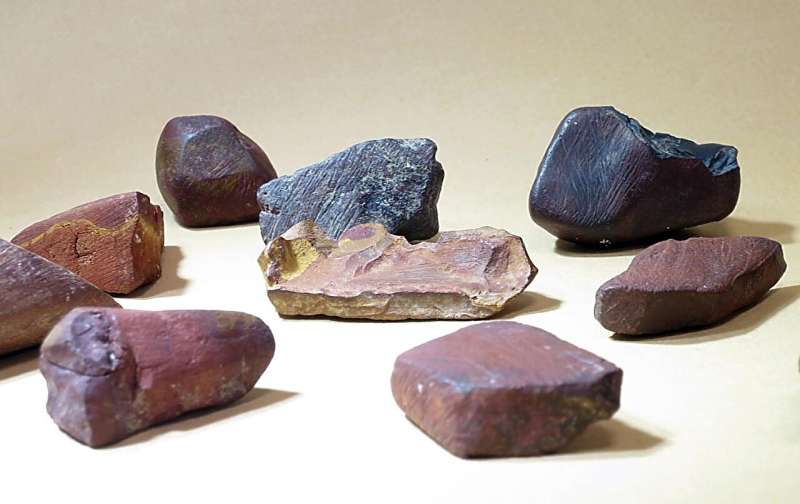
An international research team from Spain and France has carried out the chemical and technological analysis of the largest known collection of red and yellow mineral pigments, commonly called ochre, dated to the Middle Stone Age, between 300,000 and 40,000 years ago, and found at Porc-Epic cave, Ethiopia. See the research here.








